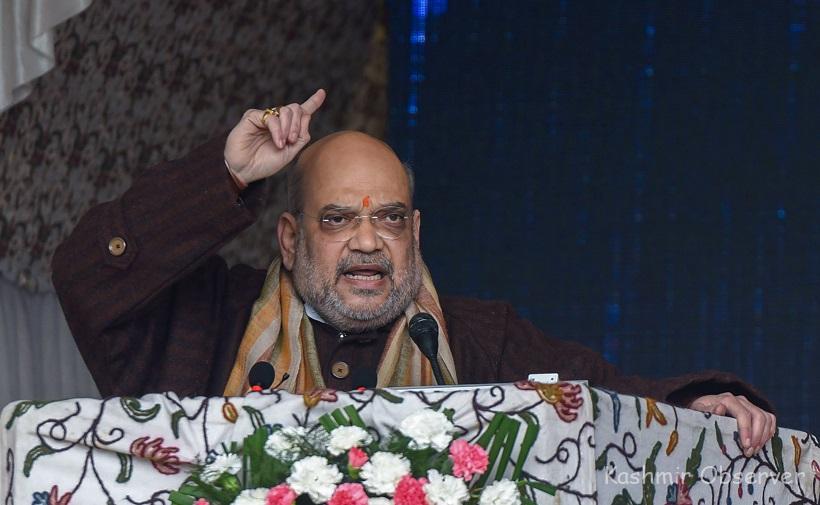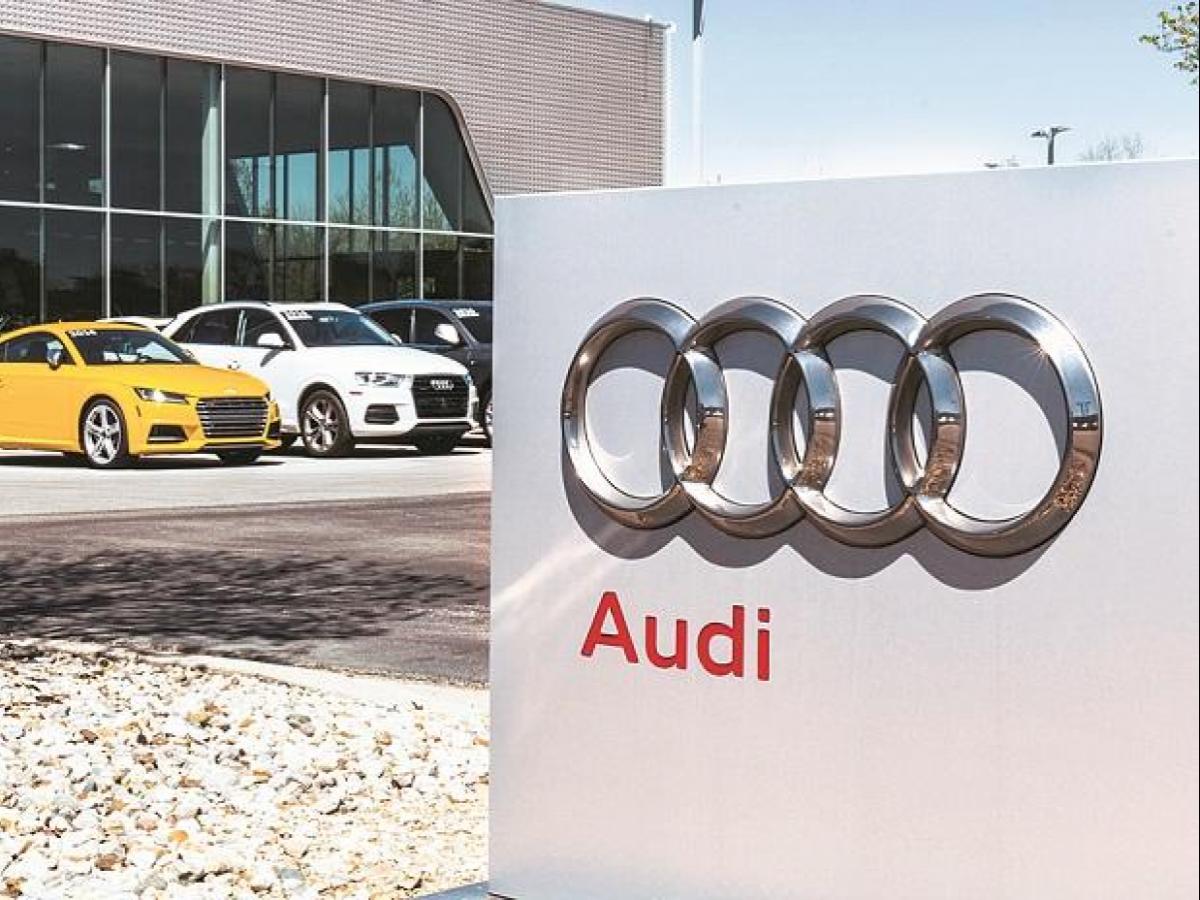
In hindsight, there was little about Amit Shah’s three-day J&K stay that could be termed as a big-bang policy or a political announcement
AS “powerful” as the home minister Amit Shah is, his visit to Jammu and Kashmir was relatively routine. The visit seemed more like a break from his hectic schedule than something geared towards some major policy or political objective. The home minister chaired a high-level security meeting which assumed some importance in view of the recent civilian killings including those belonging to minority communities. Shah met delegations and reviewed the implementation of development schemes and some important projects. He inaugurated a Houseboat Festival organised by J&K’s tourism department at the famous Dal lake terming it “a mesmerising experience.” He paid obeisance at the Mata Kheer Bhawani temple at Tulmulla in central Kashmir’s Ganderbal district. Shah shared “breathtaking pictures” of the Pir Panjal mountain range that he captured from the air on his way back.
“Kashmir, the Jewel in India’s crown, is all set to welcome tourists. Do visit this beautiful part of India,” Shah wrote as a caption to the pictures.
In hindsight, there was little about the visit that could be termed as a big-bang policy or a political announcement. If anything stood out about the visit, it was its context. It was Shah’s first visit to Jammu and Kashmir after the abrogation of Article 370 in August 2019. It came when relations with Pakistan are arguably at the lowest point in their bilateral relationship. The standoff with China along the Line of Actual Control has only grown more ominous. The successive killings of security personnel by militants in Poonch signals the expansion of militancy into Jammu. And in the run up to the visit, a series of civilian killings not only pushed Kashmir to the edge but also threatened an exodus of the remaining Kashmiri Pandits, including those of the migrant labourers.
But the home minister sought to steer strictly clear of these challenges – at least, in his public statements. The effort was to project a hunky-dory picture of the former state. The statements that made it to the media highlighted youth clubs, the development and the investment in last two years – Rs 12,000 crore investment in the past six months compared to a total of Rs 15,000 crore in the past seven years – and pointed to the increased arrivals of tourists – 1.13 lakh visited Kashmir from January to March as against 36,000 that visited in 2020.
Shah refused to acknowledge that there was militancy in Kashmir. He said that terrorism and stone-pelting had disappeared in Kashmir and those who wanted to disrupt peace would be dealt with an iron hand.
There was an odd political statement though. While it seemed incidental to the general thrust of the home minister’s visit, it reflected the government’s stance on the political aspect of Kashmir: In response to a statement by the former J&K Chief Minister Dr Farooq Abdullah that India should talk to Pakistan to resolve bilateral issues, Shah said he would rather talk to the youth of Kashmir than Islamabad. This coming from the home minister of India meant that India has no plans to talk to Pakistan in near future.
It is true, in the last over two years New Delhi has tried to cleanse Kashmir of its Pakistan and separatist discourse. And it has so far been successful in that. Though there had been some back-channel contact between the two neighbours towards the end of last year, which culminated in a reaffirmation of ceasefire in February this year, the dialogue did not move forward after India apparently refused Pakistan’s demand that Article 370 be reversed. And ever since the two countries have drifted further apart. Their relations have become tense again. And it is unlikely that the neighbours can negotiate their way out of this dead-end unless there is a minimum level of mutual confidence between them. In the current circumstances, it seems unimaginable how this confidence could be restored.
And another important statement that Shah made was about the restoration of statehood to Jammu and Kashmir which, he said, would follow the completion of the delimitation exercise and the subsequent Assembly elections.
While the delimitation seems like a proper process, it will end up changing the political landscape of J&K like never before. It could very well pave the way for a future chief minister who is from Jammu, a longstanding political plank of the BJP. And once that is done, there is little guarantee that statehood would be the next logical step. Or whether the statehood to be granted would be full or a truncated one – one that resembles a Delhi-type arrangement where the real power remains vested with the governor. Such an arrangement would hardly be enough to make a redeeming difference to the existing state of affairs in J&K, as fundamentally there wouldn’t be much that would change on the ground.
As of now, this is the reality. And this is unlikely to change as long as the BJP is in power at the centre. The difference between BJP and other parties in India is an important one: The BJP no longer sees Kashmir as a political conflict as we know it: a dispute between India and Pakistan going back to Partition and the one arising from a decades-long separatist struggle in the region. There is no plan underway to talk to Pakistan or to the dissenting political and militant groups in J&K to arrive at a solution. On the contrary, the effort is to enforce a unilateral solution – a merger of J&K into India and its gradual pacification- without taking Kashmiris or Pakistanis on board.
Follow this link to join our WhatsApp group: Join Now
Be Part of Quality Journalism |
Quality journalism takes a lot of time, money and hard work to produce and despite all the hardships we still do it. Our reporters and editors are working overtime in Kashmir and beyond to cover what you care about, break big stories, and expose injustices that can change lives. Today more people are reading Kashmir Observer than ever, but only a handful are paying while advertising revenues are falling fast. |
| ACT NOW |
| MONTHLY | Rs 100 | |
| YEARLY | Rs 1000 | |
| LIFETIME | Rs 10000 | |










